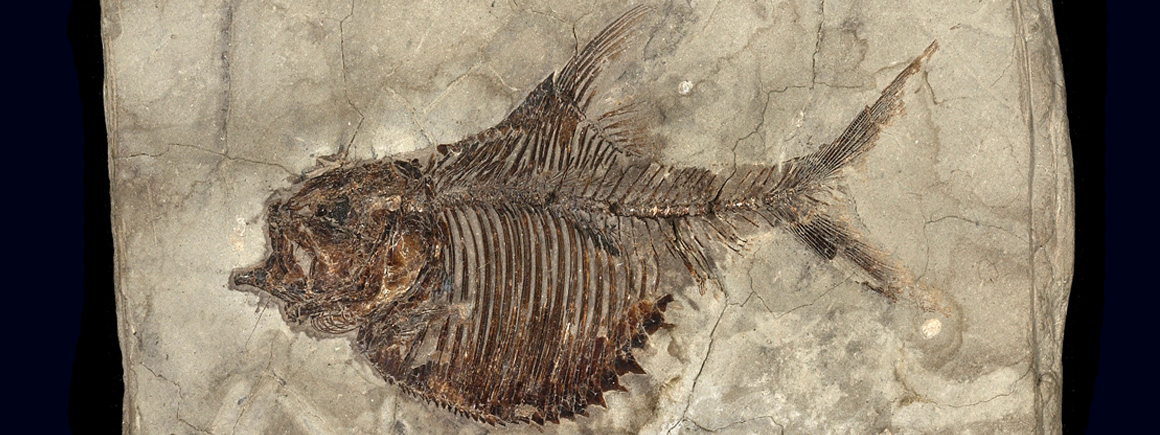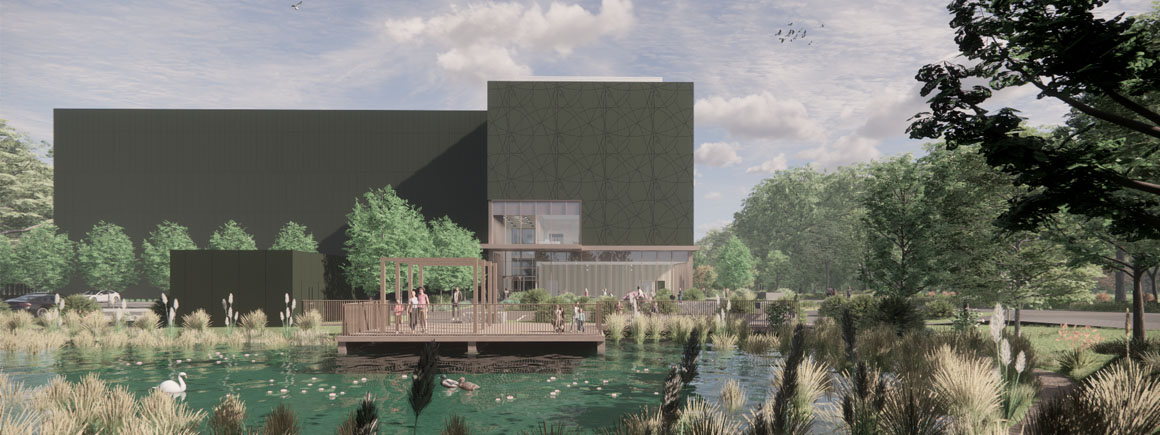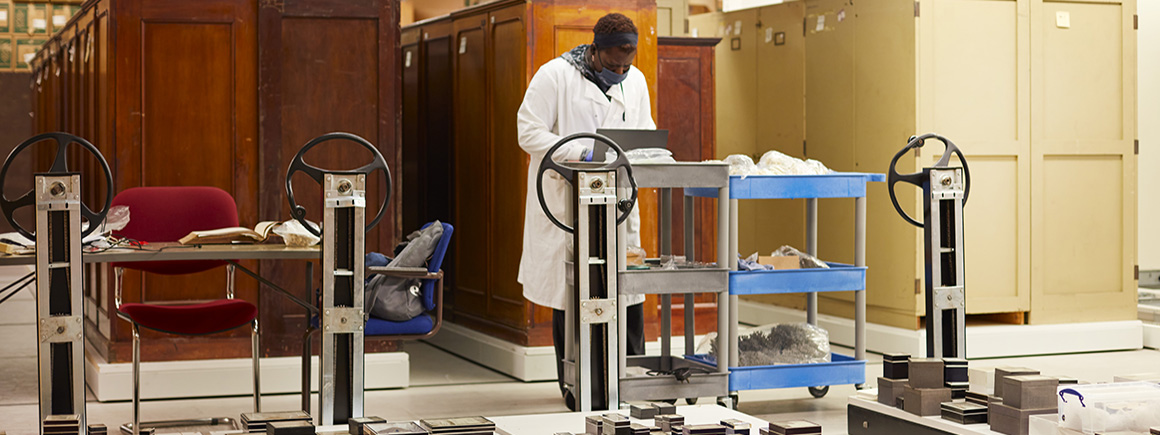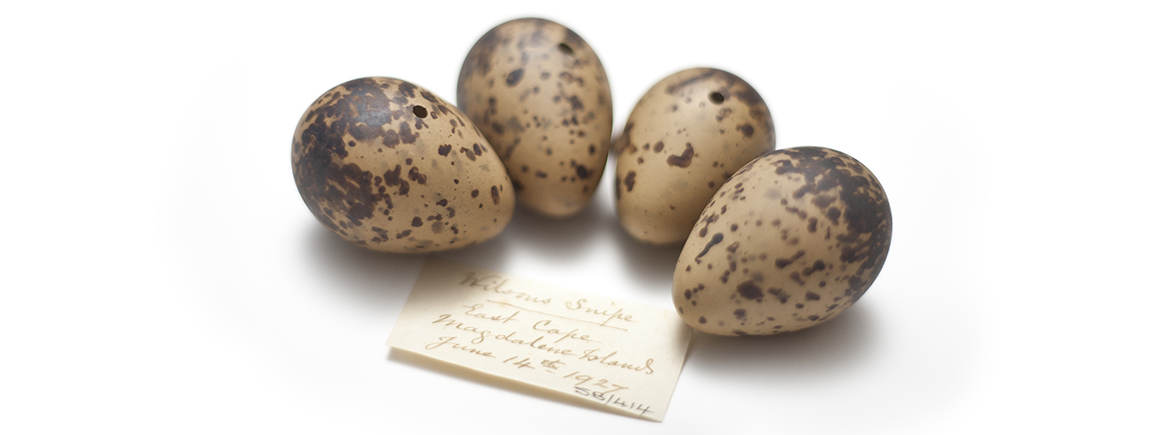Specimens
90,000

Fossil actinopterygian fish, Ellimichthys
90,000
5,000
The Museum’s large collection of fossil fishes contains approximately 90,000 specimens, of which 5,000 are type or figured specimens.
The fossil fish collection started when two substantial collections were purchased in the late 1880s from:
The size and scope of the fossil fish collection continues to increase through donations and fieldwork by Museum staff most recently in Morocco and Oxford. In 2007, a large donation by David Kemp added considerably to the UK Eocene taxa represented.
The fossil fish collection is being digitised
The fossil fish collection originated from the collections of the Earl of Enniskillen and Sir Philip de Malpas Grey Egerton.
Other important collections include:
Tertiary UK fishes, donated in 2007.
Collected by Harry Toombs in the 1960s from the Late Devonian Gogo Formation of western Australia. Fossil taxa include lungfish and other sarcopterygians, a variety of placoderms and actinopterygians.
UK Carboniferous fishes, including actinopterygians and chondrichthyans.
Specimens from the Chalk of Sussex, the Tertiary Bracklesham Beds, as well as Brazil, Monte Bolca in Italy.
A wide variety of Devonian Scottish fossils including jawless fish (Achanarella), and gnathostomes such as the placoderm Coccosteus and the sarcopterygians Osteolepis, Thursius, Dipterus and Gyroptychius.
Fossil fishes include the largest actinopterygian known, Leedsichthys problematica. It was a plankton feeder, straining food by passing water over its gills. The other fishes from this collection are notable for the preservation of the skull bones.
Mantell’s early collection consists of many fossils from the Chalk of the Upper Cretaceous of Sussex, including fish such as chondrichthyans (represented by shark teeth) and actinopterygians.The first portion of the collection was acquired from Mantell in 1838 after the failure of his museum.
The collection includes specimens from every continent:
We are currently involved in a large scale digitisation project called eMesozoic. Over the next year we will digitise and make our permanent collection of British Mesozoic vertebrate fossils available online.
If you would like to use any specimens for research
Ordovician to Pleistocene
Recent (non-fossil) fishes are held in the Museum’s zoological collection.

Access to some collections will be affected as we prepare for the move to our new collections, science and digitisation centre.

Scientists and collections management specialists can visit the collections and borrow specimens for research.

Our duty is to provide a safe and secure environment for all of our collections.